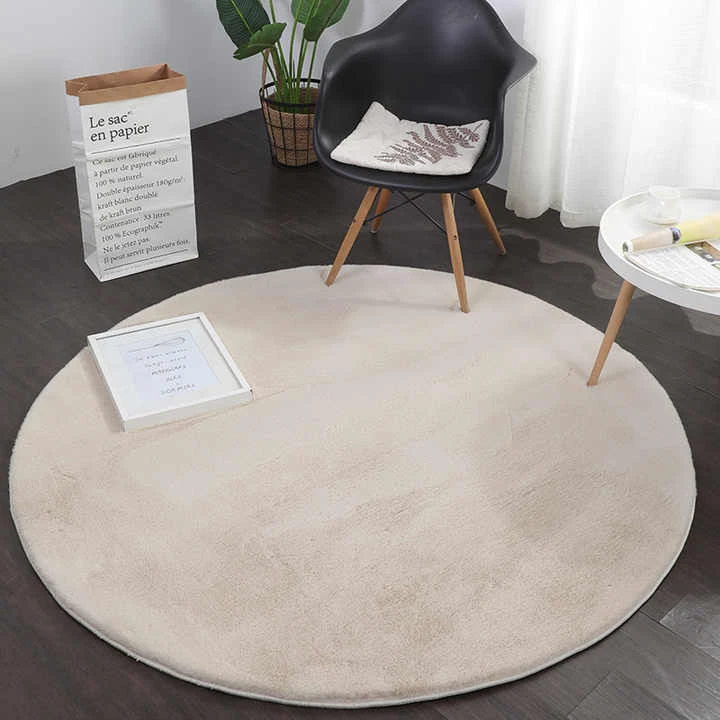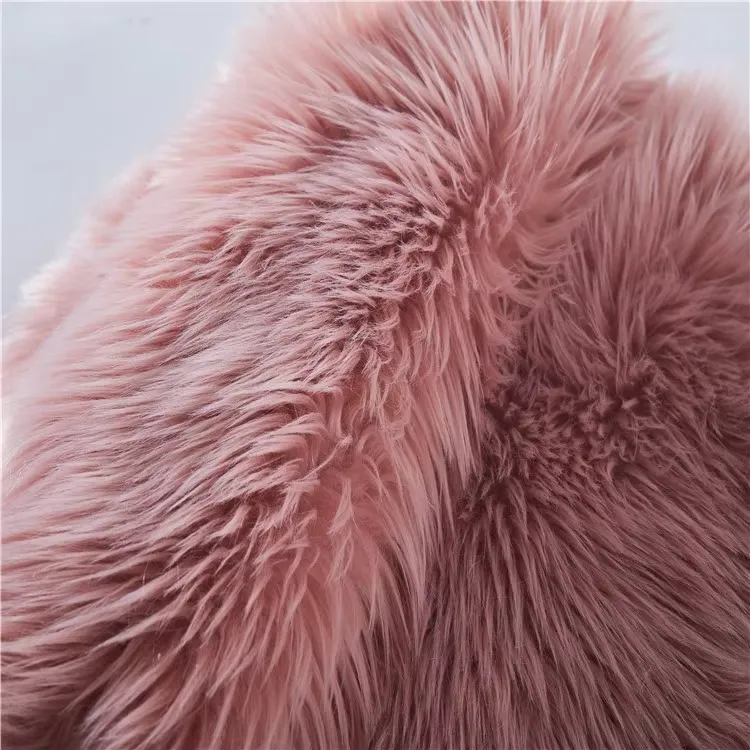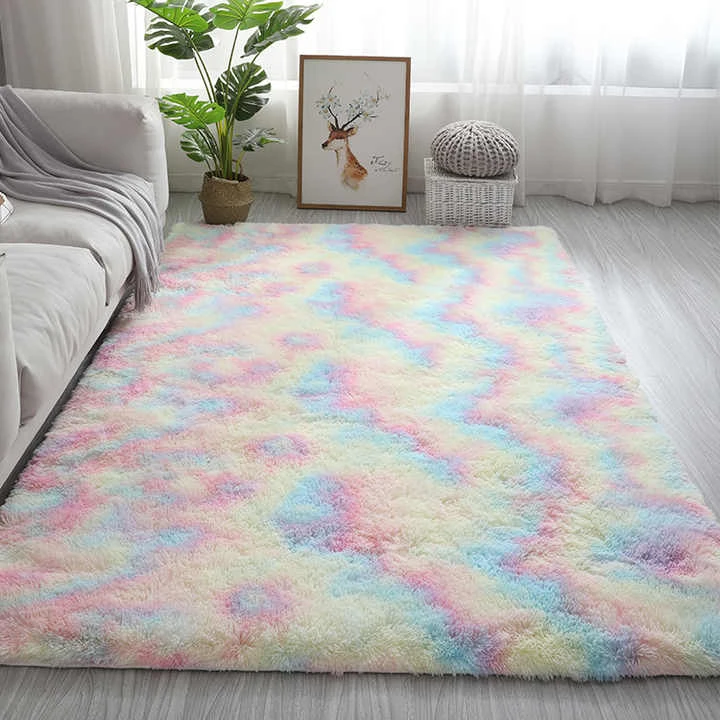

different carpet materials
Carpets have been trusted as a dependable flooring choice for centuries, offering not just aesthetics but also comfort and warmth to any living space. For consumers today, selecting the right carpet is no longer just about choosing a color that matches the room's décor. With varying materials available, understanding the unique qualities of each can significantly impact how a carpet performs over time and meets the specific needs of your home.
Among the more budget-friendly materials is olefin, known for its resistance to moisture and mildew. This makes it an ideal choice for basements and outdoor areas where carpets are exposed to dampness. Olefin's fade resistance also makes it great for sunlit spaces. However, consumers should be aware that olefin has a lower resilience and is more prone to flattening under heavy weight. Natural fiber enthusiasts may also consider sisal, seagrass, or coir carpets for their eco-chic appeal. Sisal, derived from the agave plant, is especially praised for its sturdy and textured aesthetic. While these materials offer unique visual benefits and are biodegradable, they tend to be less soft underfoot and more susceptible to staining compared to wool or synthetic fiber carpets. Therefore, they are best suited for decorative purposes or areas where furniture will not frequently shift. Finally, when considering different carpet materials, one must reflect on indoor air quality. Carpets made from natural fibers are usually free from volatile organic compounds (VOCs), which can be a significant consideration for those sensitive to chemical odors or with allergies. On the other hand, advancements in sustainable carpet padding options, low-VOC adhesives, and eco-friendly manufacturing processes mean that even synthetic carpets now offer more environmentally and health-conscious choices. In conclusion, selecting the right carpet material involves a delicate balance between aesthetics, performance, budget, and sustainability. Whether prioritizing luxury and durability with wool, maximizing resilience with nylon, embracing eco-friendly polyester, or exploring the unique charm of natural fibers, informed decisions tied to individual lifestyle and environmental priorities will guide you to the perfect carpet. By understanding these intricate properties and what they mean for everyday use, consumers can make choices that not only enhance their living spaces but also stand the test of time.


Among the more budget-friendly materials is olefin, known for its resistance to moisture and mildew. This makes it an ideal choice for basements and outdoor areas where carpets are exposed to dampness. Olefin's fade resistance also makes it great for sunlit spaces. However, consumers should be aware that olefin has a lower resilience and is more prone to flattening under heavy weight. Natural fiber enthusiasts may also consider sisal, seagrass, or coir carpets for their eco-chic appeal. Sisal, derived from the agave plant, is especially praised for its sturdy and textured aesthetic. While these materials offer unique visual benefits and are biodegradable, they tend to be less soft underfoot and more susceptible to staining compared to wool or synthetic fiber carpets. Therefore, they are best suited for decorative purposes or areas where furniture will not frequently shift. Finally, when considering different carpet materials, one must reflect on indoor air quality. Carpets made from natural fibers are usually free from volatile organic compounds (VOCs), which can be a significant consideration for those sensitive to chemical odors or with allergies. On the other hand, advancements in sustainable carpet padding options, low-VOC adhesives, and eco-friendly manufacturing processes mean that even synthetic carpets now offer more environmentally and health-conscious choices. In conclusion, selecting the right carpet material involves a delicate balance between aesthetics, performance, budget, and sustainability. Whether prioritizing luxury and durability with wool, maximizing resilience with nylon, embracing eco-friendly polyester, or exploring the unique charm of natural fibers, informed decisions tied to individual lifestyle and environmental priorities will guide you to the perfect carpet. By understanding these intricate properties and what they mean for everyday use, consumers can make choices that not only enhance their living spaces but also stand the test of time.

Prev durable carpet types

Next area rug suppliers
Products

Can't Find The Carpets Wholesale And Services You Need?
If you need our help,
Our staff will be happy to help and answer your questions!

Variety
Carpets come in a wide range of colors, patterns, and textures to suit different styles and preferences.

Softness
They offer a plush, soft feel underfoot, adding comfort to any room.

Durability
Quality carpets are designed to withstand heavy foot traffic and last for years with proper care.

Maintenance
Carpets require regular cleaning, such as vacuuming and occasional deep cleaning, to maintain their appearance and hygiene.
Address
Floor 724 ,Building 7, No. 10, Tatan International Trade City, 118 Shengli South Street, Qiaoxi District, Shijiazhuang City, Hebei Province
Business Hours
Mon to Saturday : 8:00 am - 7:00 pm
Sunday & Holidays : Closed















